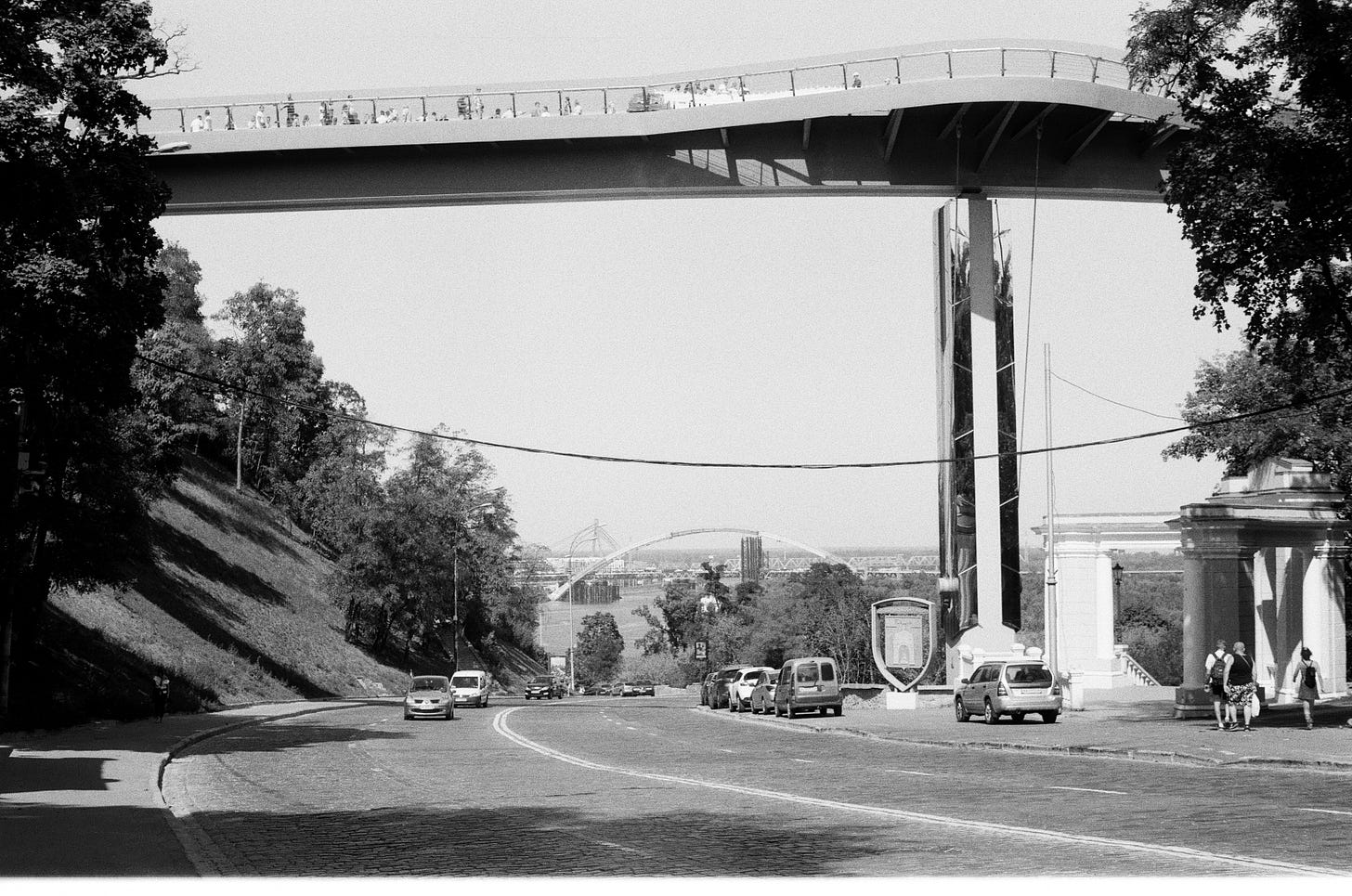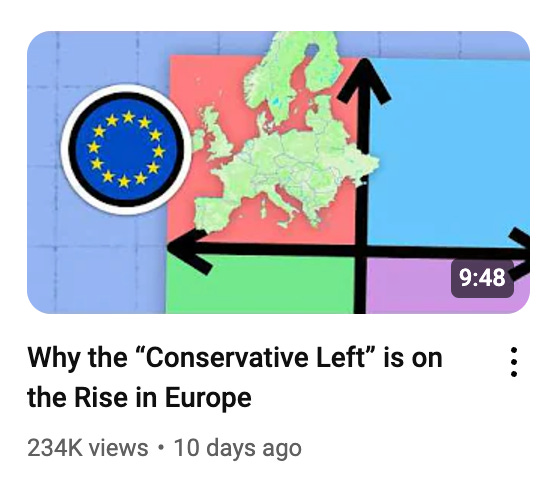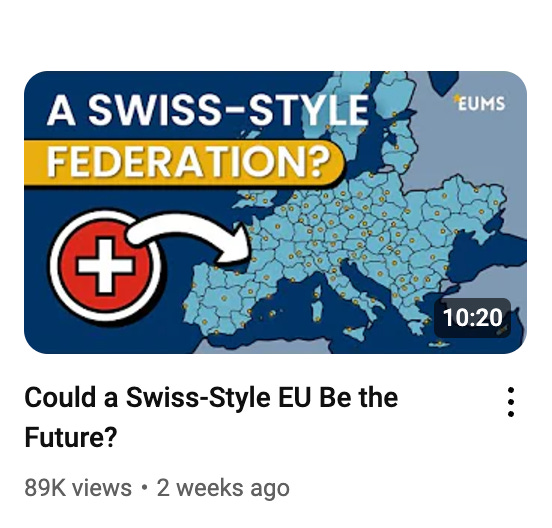Something's changing on the maps of Europe
For the first time in my life, Ukraine is seen on many political maps of Europe. This hasn't been the case before.
Where are Europe’s borders? There’s more than one answer to this question.
From a geographical standpoint, the answer is simple: Europe is a landmass squeezed between Asia, Africa and the North Pole. Europe starts at the Atlantic coast and runs deep into the Eurasian steppe until it hits the Caucasus and the Ural mountains in Russia.
Things get much murkier when you look at Europe as a political entity. Because Europe is not just land. Europe is an idea, and ideas are fluid creatures.
Some people would lazily equal Europe to the European Union and draw its borders accordingly, but this view excludes too many countries that are European in every other aspect: Switzerland, Norway, the UK to name a few. We can keep adding countries and expanding the list until we inevitably reach a point where we start asking: is this still Europe or not?
For most people, borders and maps of Europe are boring issues. Even most Europeans don’t seem to care too much about it.
Who cares if our maps have slight differences? Who cares if occasionally some countries get omitted from visual representations of Europe?
I happen to know who does care about those things: the people who inhabit Europe’s borderlands.
As a Ukrainian, I never had the privilege of not noticing what the map of Europe looked like in every book I read and every movie I watched. On too many of those maps, Ukraine wasn’t included.
Ukraine’s absence always communicated a bitter sense of invisibility. Here I was, sitting in Kyiv, a bustling capital of a fast-moving democracy bordering four EU countries. And yet, apparently, I was not in Europe. Together with my forty-plus million compatriots, I was stuck in a non-place.
Borders mean much more to the people who inhabit them, and Ukrainians are one of Europe’s key border folk. We have always been, as Serhiy Plokhy put it, “the gates of Europe”: from the spread of Indo-Europeans to the Mongolian invasion and to modern Russian authoritarian aggression.
Being a borderland is a tough and ungrateful fate. People keep forgetting you exist. So since 1991, it has been a continuous struggle for Ukrainians to carve a place for our country on the modern map of Europe – both on physical maps and in the minds of fellow Europeans.
And, for the first time in my life, I think Ukraine is succeeding at that.
I’m seeing more and more maps of Europe that include Ukraine. Not the geography maps – those have always existed in a static form and included Ukraine along with the European part of Russia.
No, I’m talking about the political maps that communicate a much subtler image of Europe. These maps represent Europe as a shared idea that happens to have real geographical borders. And Ukraine is there.
I don’t have any hard data to support my observations. It’s something that I just see. Or rather, something that I can’t unsee. After 20 years of noticing Ukraine’s absence on so many maps of Europe, I have a sharp eye for that. I trust my radar.
I do feel pleased and relieved about this change. The unfairly ignored Ukrainian kid in me finally feels seen. But then I remind myself that the price paid for this recognition is human blood.
As Ukraine was getting devoured by Russia in early 2022, Ukrainians grabbed onto Europe as hard as we could and refused to let go. We stood up, resisted and turned ourselves into the shield of modern Europe. In 2024, abandoning Ukraine would mark the death of Europe – politically, economically and ideologically. More and more people are finally realizing this.
For better or worse, Ukraine is not a quiet borderland of Europe anymore. We’re a frontier now – and frontiers don’t get omitted from the maps.





To be recognised by cartographers, or at least graphic designers, as necessary of inclusion, is a big deal, as you say - despite (and because of) what it cost, and may still cost. Europe is a concept, not just a geographical entity, and to be defensible, the concept needs edges like maps need borders: this is who we are, and this is who we are not.
👏👏👏